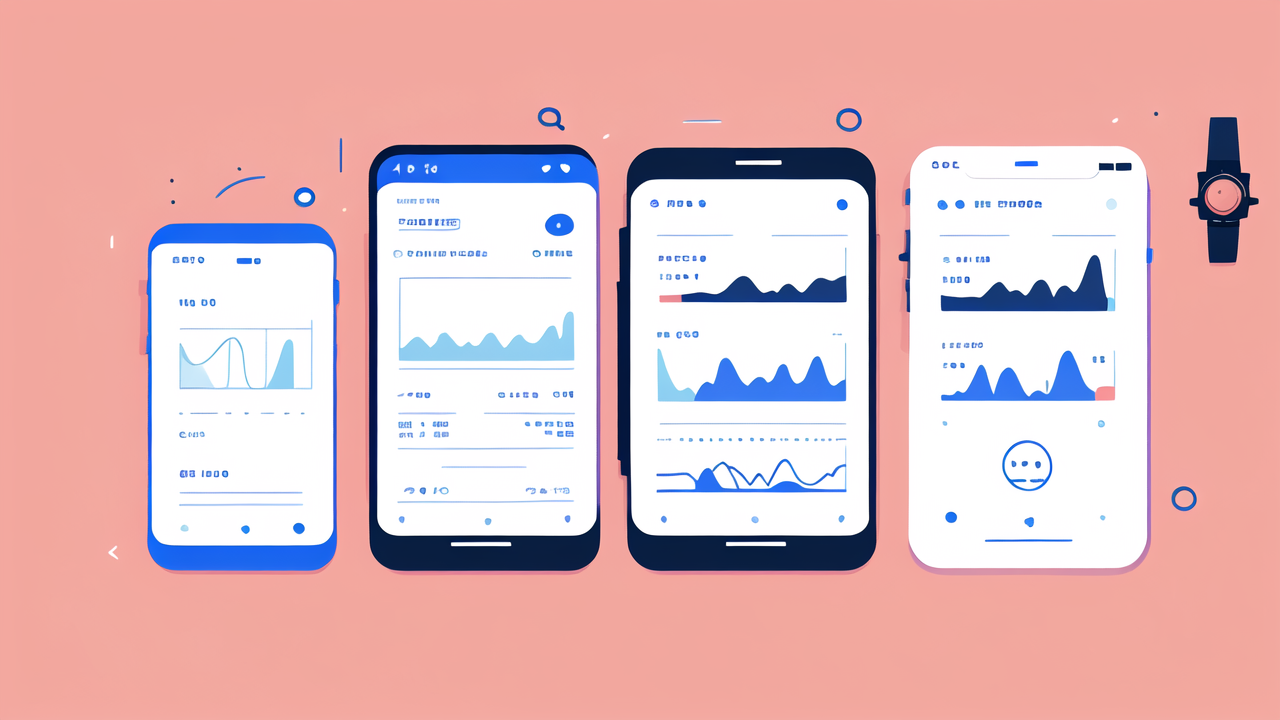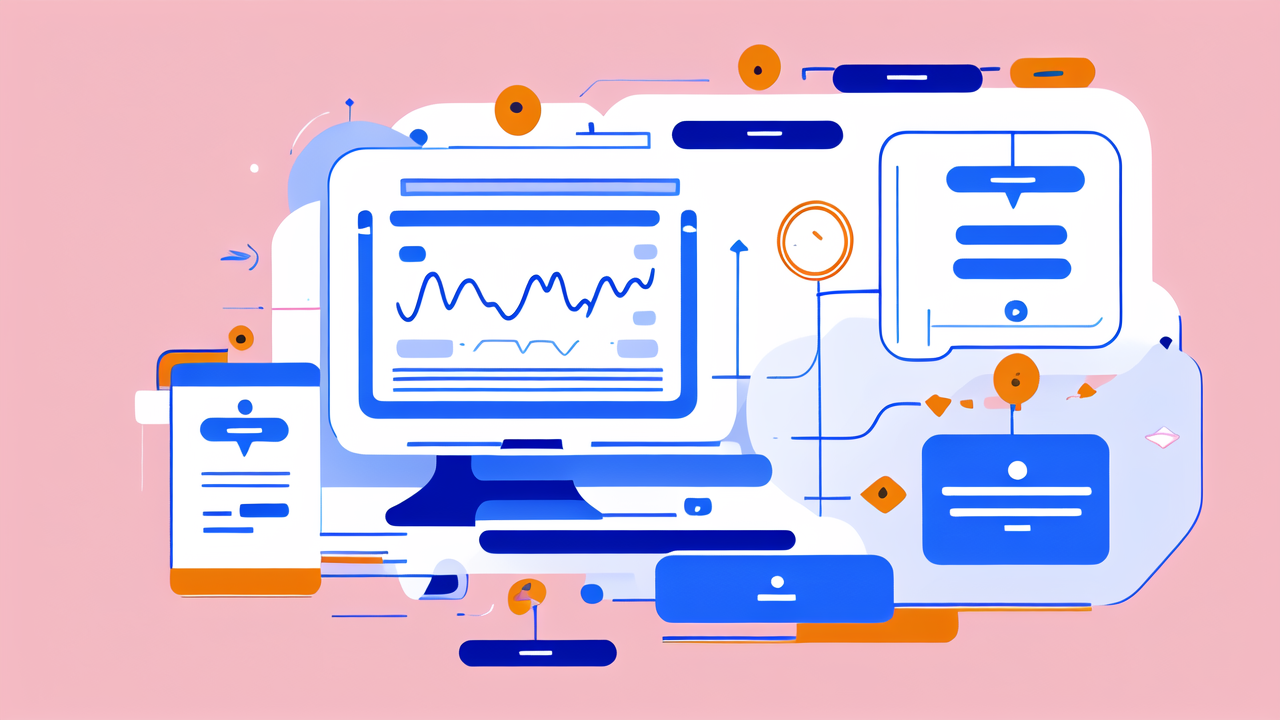The Evolution of Health Tracking in Wearable Technology
Origins of Health-Focused Wearables
Health-focused wearables began as simple pedometers in the 1960s. These devices counted steps and helped people track their daily activity. As technology advanced, more features were added. In the 1980s, heart rate monitors became popular among athletes. The 2000s saw the rise of GPS watches for runners and cyclists. These early devices laid the groundwork for today's smart wearables.

The real boom in health wearables started in the 2010s. Smartphones and apps made it easier to collect and analyze data. Companies like Fitbit and Garmin led the way with fitness trackers. These devices could track steps, sleep, and heart rate. They connected to phones and gave users detailed health insights. This marked the start of the modern health wearable era.
Key Innovations in Health Tracking Tech
Several key innovations have shaped health tracking tech. Improved sensors allow for more accurate data collection. Devices can now measure heart rate, blood oxygen, and even ECG. Battery life has greatly improved, letting users wear devices for days or weeks. Waterproofing has made trackers suitable for swimming and all-day wear.
Connectivity has also been crucial. Bluetooth Low Energy allows devices to sync data easily. Cloud storage and AI have made data analysis more powerful. This gives users deeper insights into their health trends. The introduction of smartwatches added new features like notifications and apps. This made health trackers more versatile and appealing to a wider audience.
Current Landscape of Health-Focused Wearables
Today's health wearables market is diverse and growing. Fitness trackers remain popular for their simplicity and long battery life. Smartwatches offer more features but often have shorter battery life. Specialized devices focus on specific health issues like diabetes or heart health. Many wearables now include stress tracking and mindfulness features.
The market is dominated by big tech companies like Apple, Samsung, and Google. Traditional watch makers have also entered the smartwatch market. Fitness-focused brands like Fitbit and Garmin continue to innovate. New players are constantly emerging with niche products. The focus is shifting from just tracking data to providing actionable health insights.
The Impact of Wearable Tech on Healthcare in the United States
Personalized Health and Wellness
Wearable tech has made health tracking more personal and accessible. Users can now monitor their activity, sleep, and vital signs daily. This data helps people set and track health goals. Many find this motivating and it encourages healthier habits. Apps provide personalized recommendations based on user data. This can include exercise suggestions, sleep tips, or nutrition advice.

Wearables are also helping with early detection of health issues. Irregular heart rhythms or low oxygen levels can be spotted early. This allows users to seek medical advice sooner. Some devices can even detect falls and call for help. These features are especially valuable for older adults and those with chronic conditions.
Wearable Tech in Professional Healthcare
Healthcare providers are increasingly using wearable tech data. It gives them a more complete picture of a patient's health. Doctors can monitor patients remotely, reducing the need for in-person visits. This is especially useful for managing chronic conditions. Wearables are also being used in clinical trials to gather more accurate data.
Hospitals are using wearables to track patients' vital signs. This frees up nurses' time and provides continuous monitoring. Some insurance companies offer incentives for using health trackers. This encourages preventive care and can lower healthcare costs. Wearables are also being used in workplace wellness programs to promote employee health.
Data Analysis and Interoperability in Health Tracking
The huge amount of data from wearables presents both opportunities and challenges. Advanced analytics can reveal patterns and trends in health data. This could lead to new insights in public health and disease prevention. However, ensuring data privacy and security is crucial. Users need to trust that their sensitive health data is protected.
Interoperability is a key issue in health tracking. Different devices and apps often use different formats. This makes it hard to combine data from multiple sources. Efforts are being made to create standards for health data. This would make it easier to share data between devices and healthcare systems. It could also help integrate wearable data into electronic health records.
Future Directions for Wearable Health Technology
Advanced Sensors and AI Integration
Future wearables will likely have even more advanced sensors. These could measure things like blood glucose or hydration levels. Some researchers are working on wearable cancer detection. AI will play a bigger role in analyzing this complex data. It could help predict health issues before symptoms appear. This could revolutionize preventive healthcare.

AI could also make wearables more personalized. Devices might adjust their recommendations based on individual responses. For example, suggesting the best time for exercise based on your body's rhythms. Voice assistants could be integrated, making devices easier to use. This could be especially helpful for elderly or disabled users.
Regulatory Considerations and Compliance
As wearables become more advanced, regulation becomes more important. The FDA is developing guidelines for health-focused wearables. This will help ensure that devices are safe and effective. It will also clarify which features need medical approval. Companies will need to balance innovation with compliance. This could slow down some developments but increase trust in the technology.
Data privacy laws will also shape the future of wearables. Users are becoming more aware of data privacy issues. Companies will need to be transparent about how they use health data. They may need to offer more control over data sharing. International differences in privacy laws could affect global distribution of wearables.
The Role of Big Data and Machine Learning in Health Tracking
Big data from wearables could transform medical research. Large-scale studies could be done with less cost and effort. Machine learning could find patterns that humans might miss. This could lead to new understandings of how lifestyle affects health. It could also help identify risk factors for various diseases. However, ensuring diverse and representative data sets will be crucial.
Machine learning could also make health tracking more accurate. Algorithms could learn to filter out false readings. They could also personalize health advice based on individual data. In the future, wearables might even suggest when to see a doctor. The challenge will be balancing automation with human medical expertise. Wearables will likely become a tool that enhances, rather than replaces, traditional healthcare.




Leave a comment
This site is protected by hCaptcha and the hCaptcha Privacy Policy and Terms of Service apply.